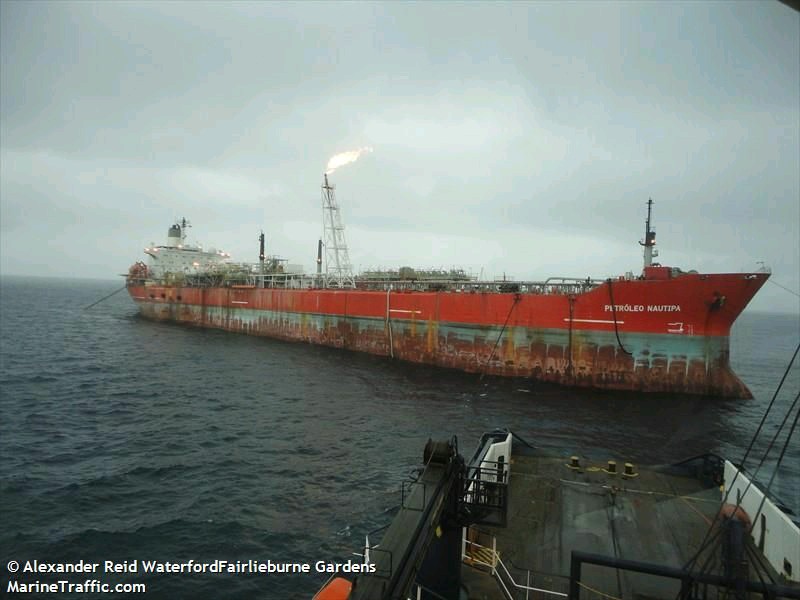VAALCO Energy has spudded the Etame 8H-ST well offshore Gabon, the first of four wells that will be completed in 2022 at the company’s flagship project in Central Africa. Etame 8H-ST is a sidetrack of an existing well and is targeting existing Gamba hydrocarbons in the Etame field.
This marks the beginning of a new drilling campaign in Gabon, executed by an affiliate of Borr Drilling. Upon completion in 2022, VAALCO Energy expects a production uplift of 7,000 to 8,000 barrels of oil per day (bopd). Etame produced an average of 15,650 bopd last year.
Source: VAALCO Energy, Inc.
The Etame Marin permit has been continuously producing for almost two decades in Gabon via the floating, production, storage and offloading (FPSO) vessel Petróleo Nautipa. It represents on average 10% of the country’s daily production of hydrocarbons. Earlier this year, VAALCO Energy consolidated its operated interest in the field following the closing of the acquisition of Sasol Gabon S.A.’s 27.8% working interest.
Despite two decades of production that have seen over 121m barrels produced, the field is still estimated to have reserves and resources of about 113 million barrels. A recent extension until 2028 has notably paved the way for additional investment and drilling to maintain output.
The contract for FPSO Petróleo Nautipa will expire in September 2022, after which the vessel will be replaced by a floating, storage and offloading (FSO) unit provided by World Carrier Offshore Services Corp.
VAALCO Energy is also betting on additional exploration potential around Etame and provisionally secured a 37.5% non-operated interest in blocks G12-13 and H12-13 during Gabon’s 12th Licensing Bid Round that concluded in 2021. Both blocks’ areas surround the Etame complex and are now operated by BW Energy.
Details on the development of the Etame Marin Permit are available in the “Projects” section within your Hawilti+ research terminal.

